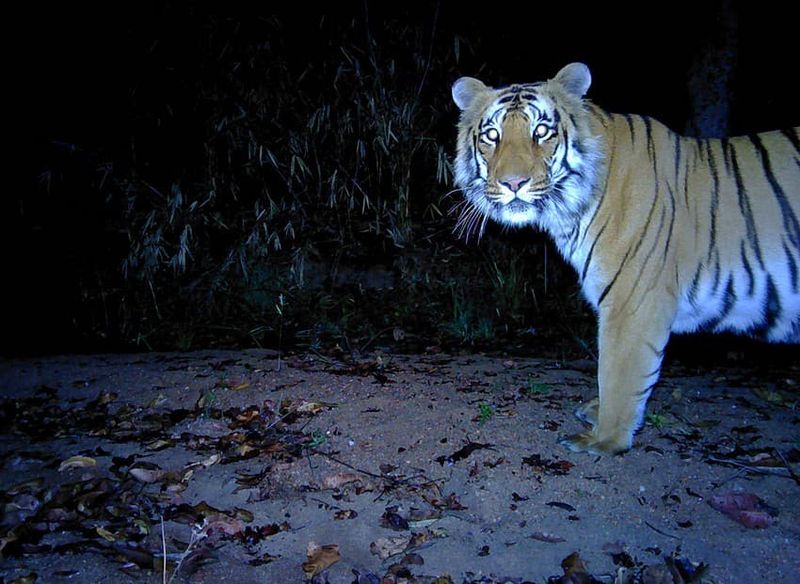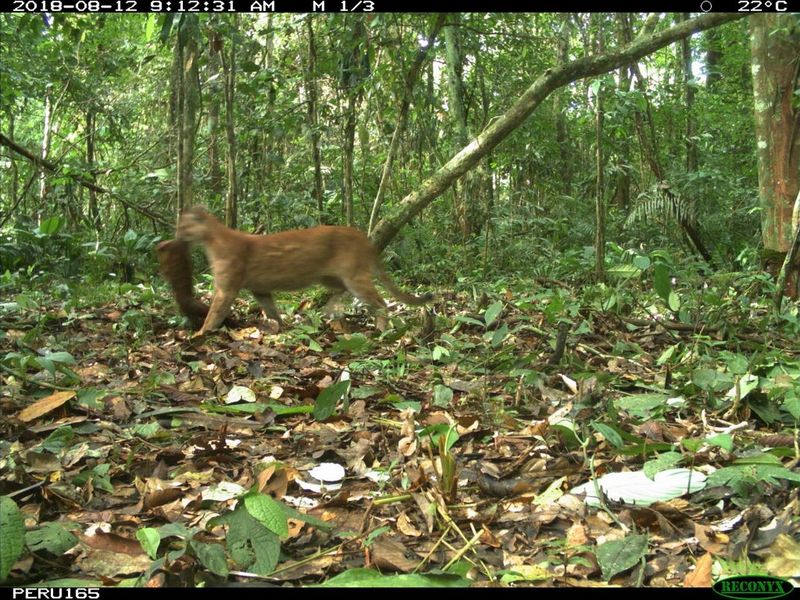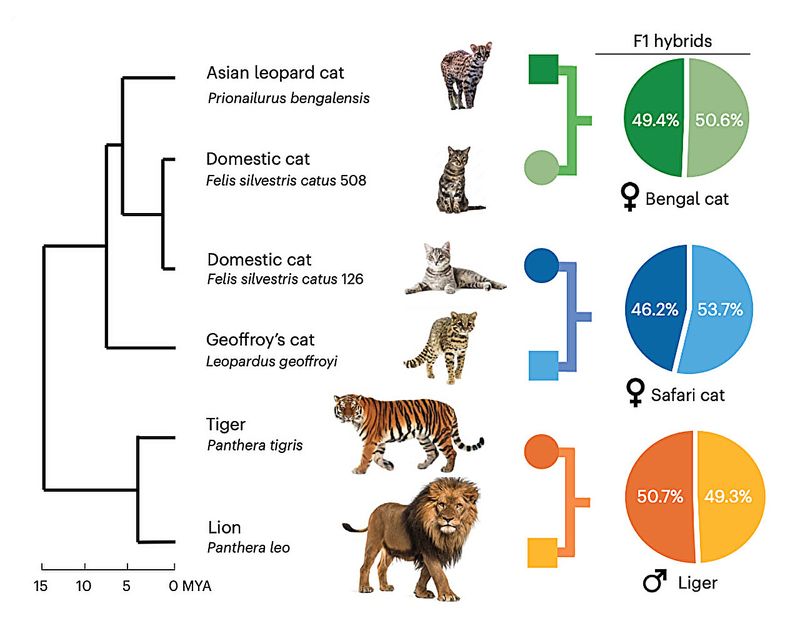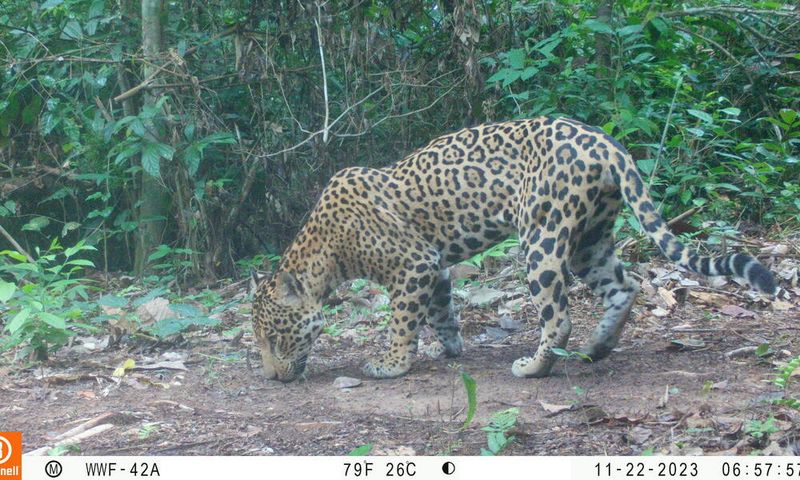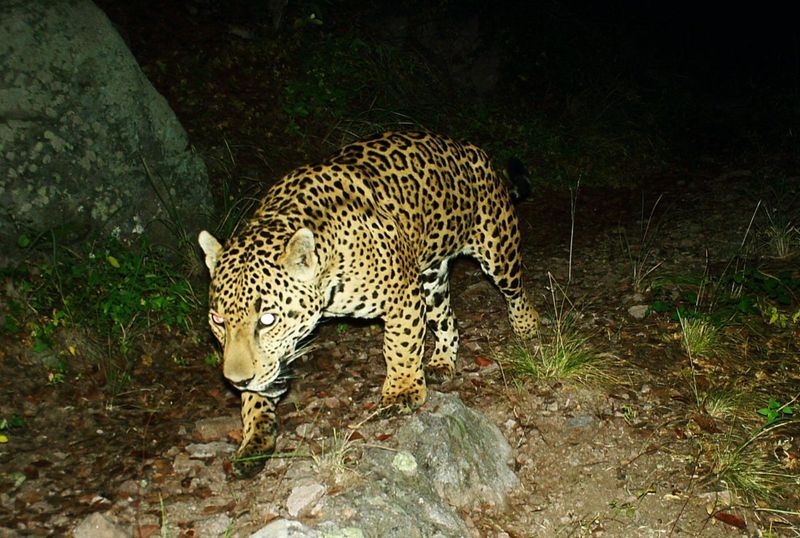📖 Table of Content:
Ever wonder how researchers keep tabs on elusive big cats like tigers, leopards, and jaguars in vast, untamed landscapes? In this blog, we dive into the fascinating world of wildlife science, revealing how experts use cutting-edge tools—like GPS collars, camera traps, and drones—to track and study big cats in their natural habitats.
You’ll learn how this research helps scientists understand hunting patterns, territorial ranges, and the challenges these predators face from habitat loss and climate change. From the jungles of India to the savannas of Africa, discover how data collection is shaping the future of big cat conservation—one pawprint at a time.
1. GPS Collars
Imagine tracking a majestic snow leopard as it roams the rugged Himalayan terrain. GPS collars make this a reality by providing real-time location data of big cats. These devices are not just about location; they reveal fascinating insights into movement patterns, territorial boundaries, and interactions with human developments. Picture a female leopard navigating her realm, teaching us about her secretive world. The integration of GPS technology is a game-changer, allowing conservationists to act swiftly if these majestic creatures venture into dangerous areas, ensuring their protection and survival in the wild.
2. Camera Traps
Silent sentinels of the forest, camera traps capture the untold stories of the wild. Strategically placed, these motion-activated devices photograph and film big cats in their natural environments. They are invaluable for estimating population sizes and studying behaviors, all without disturbing the animals. Envision a tiger, its magnificent stripes illuminated under the moon, a moment frozen in time for scientists to analyze. Each unique marking becomes a signature, helping researchers identify individual cats and understand their lives. Camera traps bridge the gap between observation and intrusion, offering a window into the secretive lives of these predators.
3. Drones and Aerial Surveillance
Drones take wildlife monitoring to new heights, literally. Equipped with high-resolution cameras and thermal imaging, they offer a bird’s-eye view over extensive landscapes like savannahs or dense forests. This technology is perfect for tracking big cats, assessing habitat quality, and detecting threats like poaching. Imagine soaring above a pride of lions, capturing their interactions without disrupting their natural behavior. Drones provide unmatched access and efficiency, allowing conservationists to map territories and monitor movements with precision. This aerial perspective is crucial for proactive conservation strategies, ensuring these magnificent creatures thrive.
4. Acoustic Monitoring
In the symphony of the wild, every roar and growl tells a story. Acoustic monitoring employs audio devices to capture these sounds, aiding researchers in identifying individual big cats and tracking their movements. Imagine the dense forests where visual tracking is tough; here, sound becomes the guide. These recordings help estimate population sizes and reveal social interactions. Acoustic devices, hidden in the underbrush, become the ears of the forest, offering insights into species that are often heard but not seen. This auditory approach uncovers the mysteries of big cats, enriching our understanding of their complex lives.
5. Genetic Sampling
DNA is the blueprint of life, and genetic sampling deciphers it for conservation. By collecting DNA from scat, hair, or saliva, scientists unlock secrets about genetic diversity and individual identification. Picture a lab where each sample reveals a story about population dynamics and health. This method is crucial for developing targeted conservation strategies, ensuring genetic diversity and resilience. Imagine tracing family lineages or understanding migration patterns, all through genetic clues. Genetic sampling is a detective’s toolkit, piecing together the puzzle of big cats’ lives, ensuring their continued presence in the wild.
6. Artificial Intelligence (AI)
Artificial intelligence transforms raw data into actionable insights. AI algorithms sift through vast amounts of information from camera traps and drones, identifying patterns and predicting movements. Envision a computer screen where data points come alive, revealing the secret lives of big cats. AI enhances conservation efforts by anticipating potential threats and optimizing resource allocation. Picture an early warning system that alerts conservationists about poaching risks. This technological ally turns data into a powerful narrative, guiding decisions that ensure the future of these majestic predators. AI is not just a tool; it’s a partner in wildlife protection.
7. Citizen Science
Citizen science transforms ordinary wildlife enthusiasts into valuable contributors to conservation. Imagine a group of volunteers, binoculars in hand, joining scientists on big cat tracking expeditions. These citizen scientists help gather crucial data, extending the reach of professional monitoring efforts. Their observations, combined with expert analysis, provide a richer understanding of big cat populations and behaviors. This collaborative approach fosters community involvement and raises awareness about conservation challenges. Through the eyes of citizens, new perspectives emerge, making a significant impact in the fight to protect these incredible animals.

